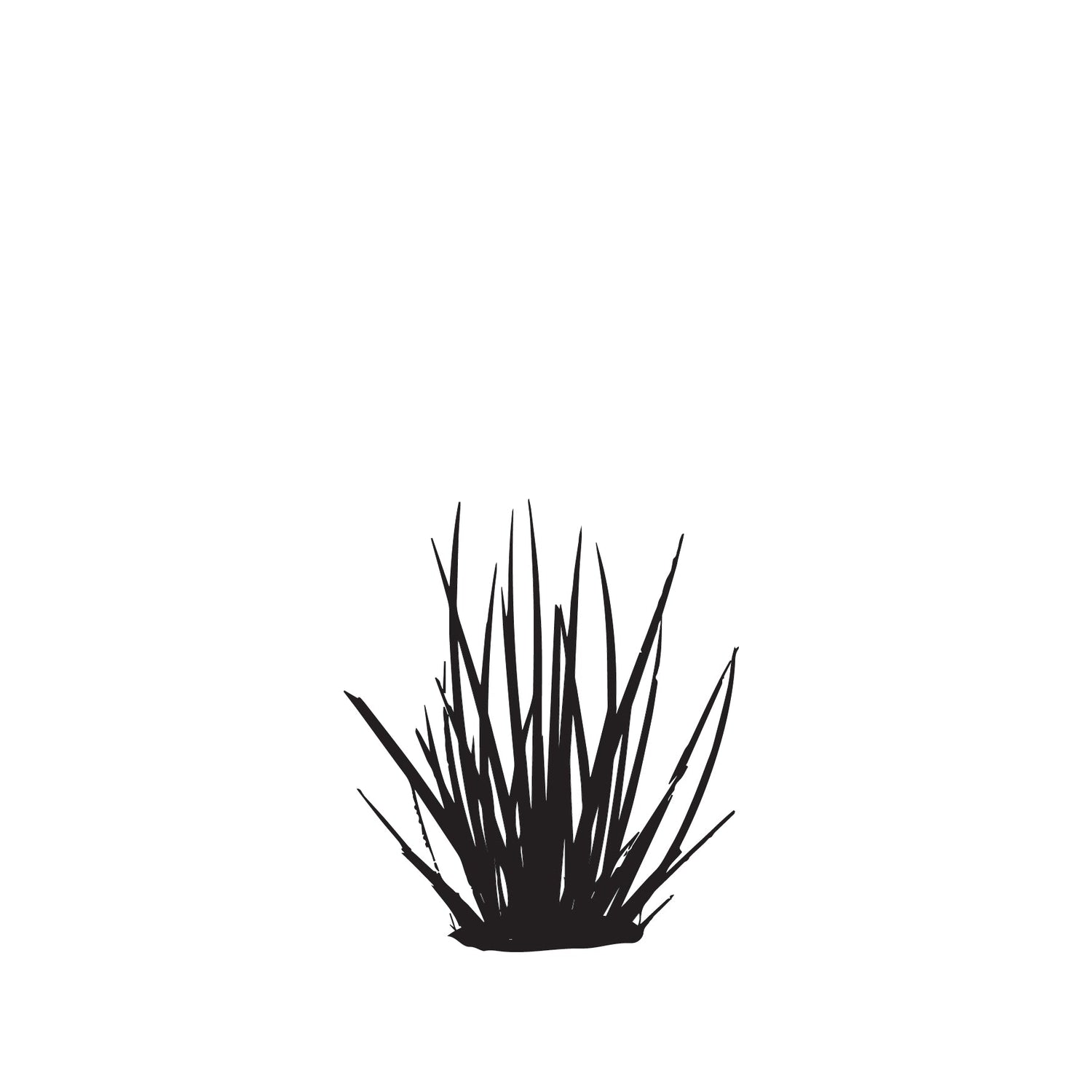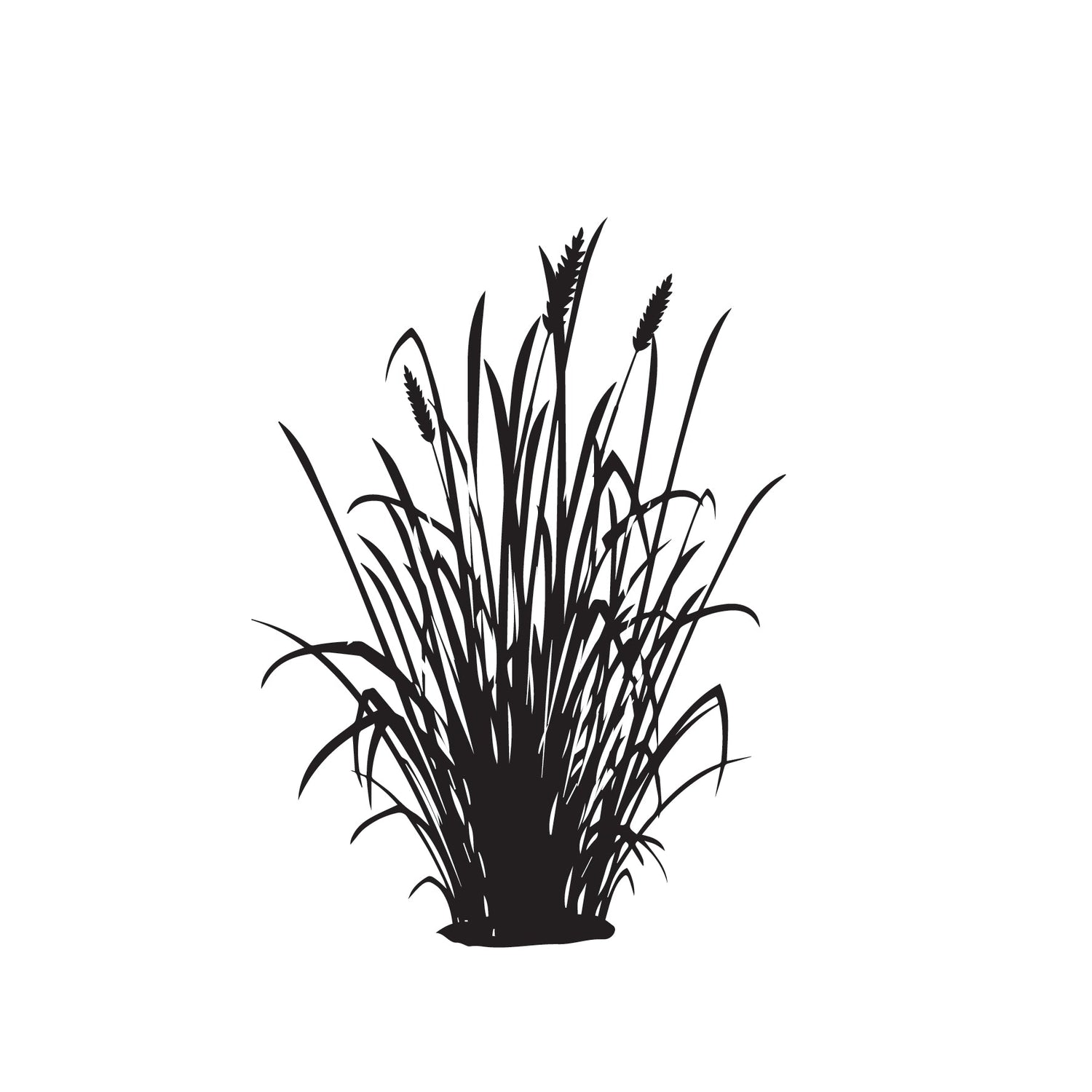Planting Flax for Optimum Results: A Step-by-Step Guide
Share
New Zealand flax (Phormium spp.) is prized for its striking foliage and architectural presence, making it a popular choice for gardeners seeking to add bold accents to their landscapes. Whether you're planting flax in garden beds, borders, or containers, following proper planting techniques ensures optimal growth and vibrant foliage. Here’s a comprehensive guide on how to plant flax to achieve the best results in your garden.
- Choosing the Right Flax Variety
Before planting, select a flax variety that suits your garden's design and environment. Consider factors such as:
- Size: Determine the mature size of the flax variety to ensure it fits well in your chosen location (e.g., tall varieties for back borders, dwarf varieties for containers).
- Color: Flax comes in various foliage colors, including greens, reds, bronzes, and variegated combinations. Choose colors that complement your garden's overall color scheme.
- Growing Conditions: Check the specific sunlight and soil requirements of the flax variety to ensure it thrives in your garden's microclimate.
- Selecting the Planting Location
- Sunlight: Flax generally prefers full sun to partial shade. Choose a location that receives at least 6 hours of direct sunlight per day for optimal growth and vibrant foliage coloration.
- Soil: Ensure the soil is well-drained to prevent waterlogging, which can lead to root rot. Flax plants tolerate a wide range of soil types but thrive in fertile, loamy soil with good drainage.
- Preparing the Planting Site
- Clearing the Area: Remove any weeds, rocks, or debris from the planting site. Prepare a planting hole that is twice as wide and just as deep as the flax's root ball.
- Soil Amendment: Amend the soil with organic matter such as compost to improve soil structure, fertility, and moisture retention. Mix the organic matter thoroughly with the native soil.
- Planting Flax
- Handling the Plant: Gently remove the flax from its container or packaging, taking care not to disturb the roots excessively. If the roots are tightly bound, gently tease them apart with your fingers.
- Placing in the Hole: Place the flax in the center of the prepared hole, ensuring that the top of the root ball is level with the surrounding soil surface. Avoid planting too deeply, as this can lead to rotting of the crown.
- Backfilling: Fill the hole with the amended soil mixture, gently firming the soil around the base of the plant to remove any air pockets. Water thoroughly to settle the soil around the roots.
- Watering and Mulching
- Initial Watering: Water newly planted flax thoroughly immediately after planting to help establish roots. Continue to water regularly during the first growing season, especially during dry periods.
- Mulching: Apply a 2-3 inch layer of mulch (e.g., bark chips, shredded leaves) around the base of the plant, keeping it several inches away from the stem. Mulch helps retain soil moisture, regulate soil temperature, and suppress weed growth.
- Maintenance Tips
- Watering: Once established, flax plants are drought-tolerant but benefit from deep watering during prolonged dry spells. Water deeply but infrequently, allowing the soil to dry out between waterings.
- Pruning: Remove dead or damaged leaves throughout the year to maintain plant health and appearance. Trim flower spikes after blooming to promote continuous growth and prevent seed formation.
- Fertilizing: Apply a balanced fertilizer in spring to support healthy growth and vibrant foliage. Follow manufacturer's instructions for application rates based on the size and age of the plant.
- Monitoring and Care
- Pest and Disease Control: Monitor flax plants regularly for signs of pests (e.g., aphids, scale insects) or diseases (e.g., fungal leaf spots). Treat any issues promptly to prevent spread and damage.
- Winter Care: In colder climates, protect flax plants from frost by covering them with a frost cloth or bringing container plants indoors. Mulch around the base of plants to insulate roots.
By following these steps for planting flax, you can ensure that your garden thrives with vibrant and healthy plants. Whether you're a novice gardener or an experienced landscaper, planting flax using these techniques will help you achieve optimum results and enjoy the beauty of this versatile and striking plant in your outdoor space. Embrace the bold foliage and architectural presence of flax, and create a garden that delights with its natural elegance and visual appeal throughout the seasons.





